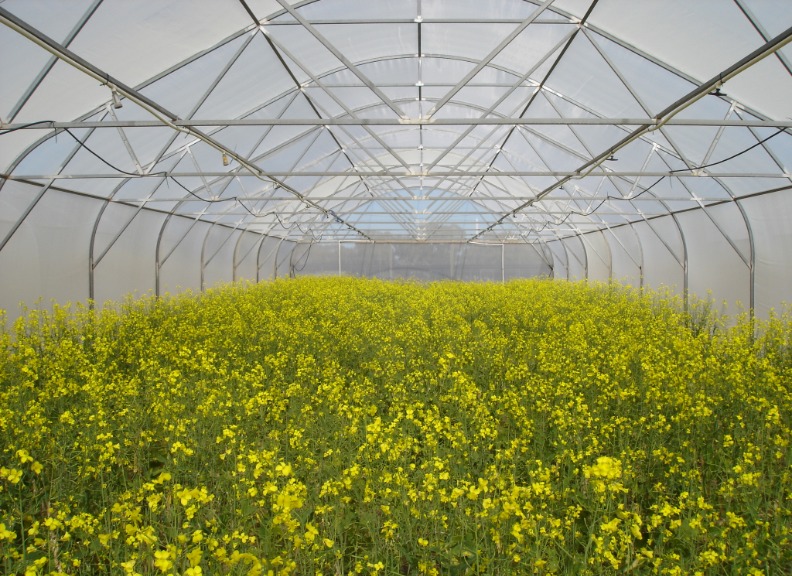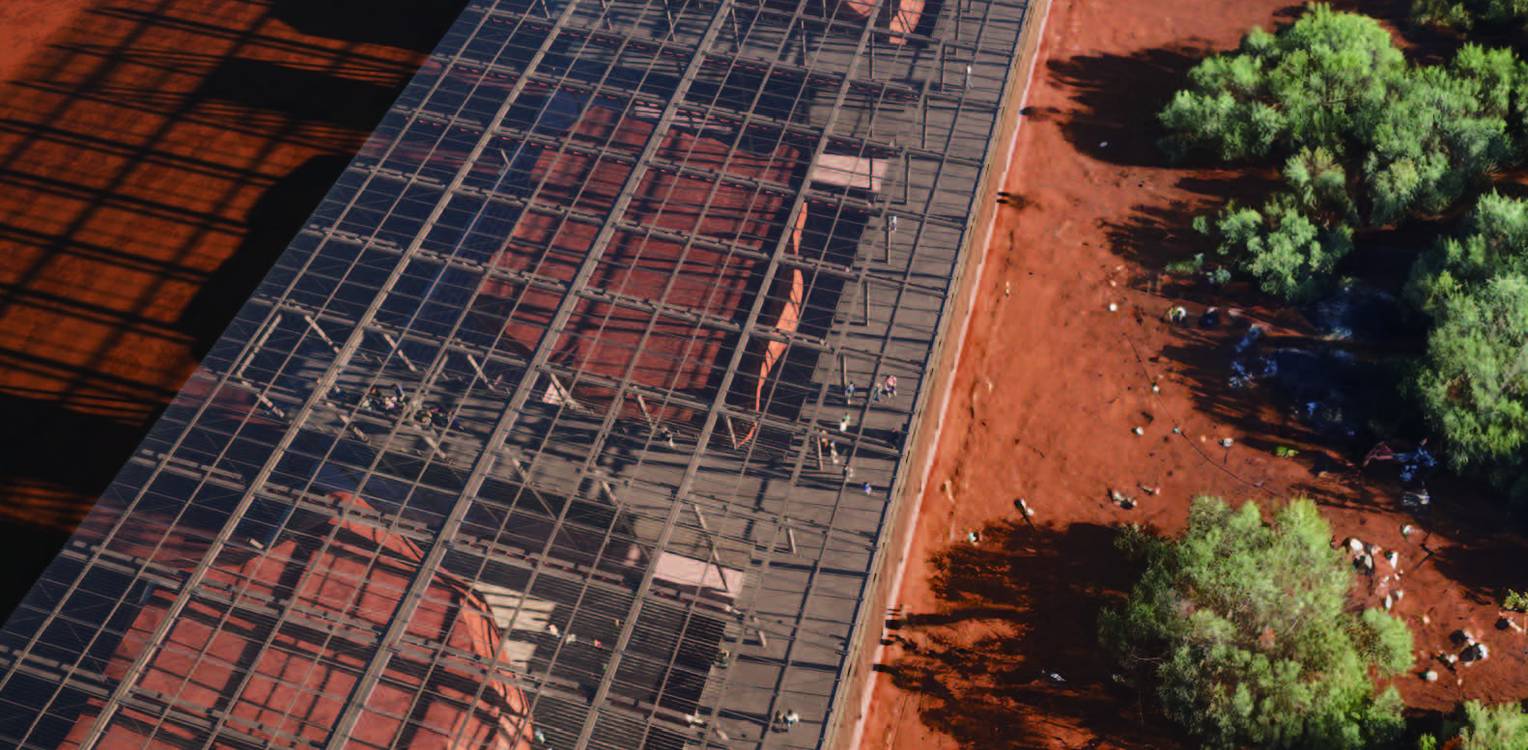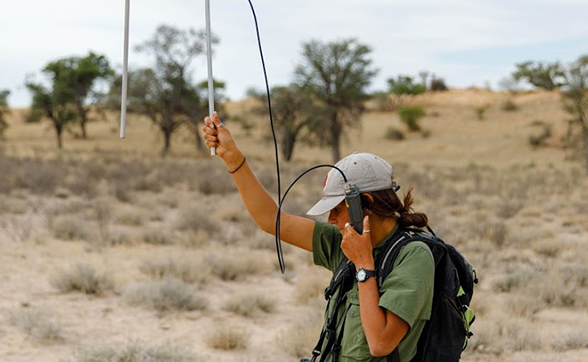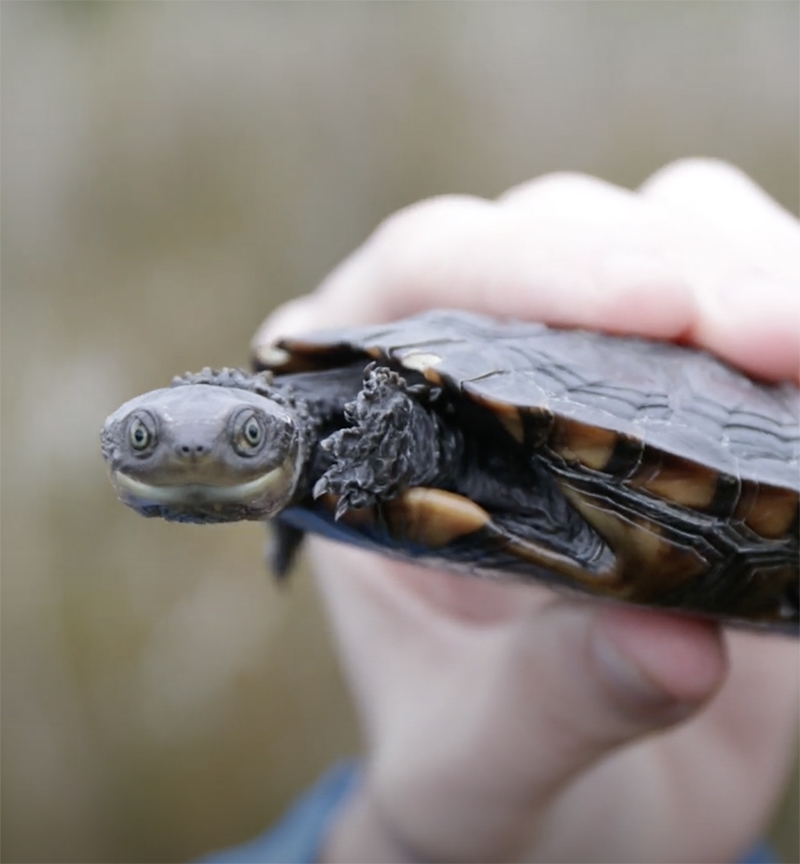Undergraduate
Wildlife Conservation (Extended Major)
Contact us
Address
Student Central
The University of Western Australia (M355), 35 Stirling Highway, Perth, Western Australia 6009
Telephone
131 UWA (131 892)
International
(+61 8) 6488 1000
Hours
Frequently asked questions
Careers and further study
This course opens up a world of future study pathways and career opportunities.
Career Pathways
You might pursue a career as a:
- Wildlife officer
- Fauna consultant
- Graduate research officer
- Conservation biologist
- Zookeeper
- Zoologist
Further Study
You might consider further studies:
Master of Biological Science
Fees and scholarships
Domestic Student Fees
For Commonwealth-supported places, student contribution amounts are charged by unit, based on area of study. For a fee estimate, go to the Fee Calculator and select “I want to price my units”. Fees are subject to annual indexation. Refer to the Handbook to identify the units required. More information on how fees are calculated.
Scholarships
Scholarships are available to students from a diverse range of backgrounds, including academic achievement, financial need, educational disadvantage, leadership and community service, artistic or sporting achievements, and being from a rural or remote area.
Cost of living
Admission requirements
The University of Western Australia welcomes applications from international and domestic school-leavers. If you’re interested in studying one of these majors, find out the admission details below.
Minimum entry requirements
- 3.3
- 79
- 270
- 330
- 300
- 66
- 1170
- 60
- 80
Admission requirements
Mathematics requirement
This major requires a certain level of Mathematics. If you do not meet this level, you can take additional Mathematics units in your first year to satisfy this requirement.
WACE prerequisite: Mathematics Methods ATAR
English competency
English is the language of instruction and assessment at UWA and you will need to meet the English language requirements of the University to be eligible for a place.
Minimum overall IELTS score of 6.5, with no band less than 6.0.
How to apply
The application process to this course is different for the assured and graduate entry pathways, and for international and domestic applicants.
Refer to the below regarding application processes for each of the pathways . More information regarding admission requirements and prerequisites for each pathway can be found on the 'Admission Requirements' tab.
Domestic Pathways
- Domestic Assured Pathway/School Leaver Entry: Applications are lodged via TISC. Refer to TISC Online for current course codes and application deadlines.
- Domestic Graduate Entry: Applications are lodged via GEMSAS, which open and close in accordance with the GEMSAS timeline. All domestic applicants must submit a valid GAMSAT score by the application closing date.
International Pathways
- International Assured Pathway/School Leaver Entry: Applications are lodged via UWA's online application system or via an authorised international education agent.
- International Graduate Entry: Applications are lodged via UWA's online application system or via an authorised international education agent.
Course details
About the course
Quick details
- Available
- Perth (Crawley campus)
- Albany (Regional campus)
- Full-time
- Part-time
- On-campus
- Semester 1, Semester 2
- Undergraduate
- MJD-WLCDM
- 3 years (BBioSc), 4 years (BSc[Hons])
Why study this course
- Australia faces serious challenges to conserve its threatened fauna and needs skilled graduates to fill positions in state management agencies and an expanding number of conservation NGOs
- Australia's fauna is megadiverse, and Western Australia is home to almost half our animal species
- UWA is ranked first in Australia and 32nd in the world for Biological Sciences (ARWU 2023)
You'll learn to
- recognise threatened animal species and the functioning ecosystems that they require for survival
- understand patterns of global biodiversity and the evolutionary history of biodiversity in Australia
- appreciate the relationships between an animal's biology, ecology and physiology and its vulnerability to environmental change.
- discuss major threats to biodiversity, their causes, and the management and research to mitigate them

Course Structure
Our undergraduate degrees offer you a broad range of options allowing you to combine subjects in a way that matches your career goals and personal interests.
Work Integrated Learning
Work Integrated Learning (WIL) helps bridge the gap between theory and practice by providing opportunities for students to gain hands-on, practical industry relevant experience and for employers to help shape the graduates of tomorrow.
Your degree options
Shenton Park Field Station

Dedicated facility supporting plant and animal research





 Bachelor of Biological Science
Bachelor of Biological Science
 Bachelor of Philosophy
Bachelor of Philosophy

